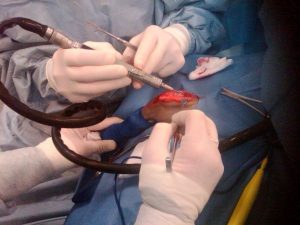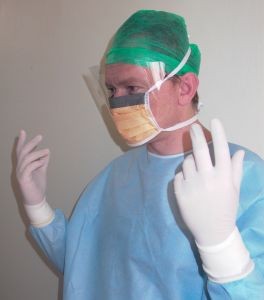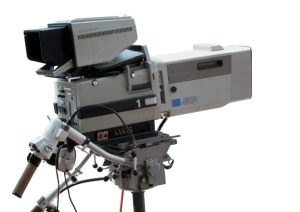A total knee replacement has become one of the most common elective surgeries performed in the United States with over 300,000 operations performed each year. However, this popularity is in a large part driven by a group of medical device companies that are willing to rush their products to market even if they are defectively designed, insufficiently tested, and the companies to not adequately warn prospective patients of known dangers. These three negligent acts are the basis for filing many products liability lawsuits in Boston for defective knee implant devices.
 The reason they are so eager to get these artificial knee joints on the market is because this is big business. There is a lot of money to be made from these artificial knee implants and the companies that make them are often far more concerned about making a profit then they are about making sure their patients have a safe and working knee. Continue reading
The reason they are so eager to get these artificial knee joints on the market is because this is big business. There is a lot of money to be made from these artificial knee implants and the companies that make them are often far more concerned about making a profit then they are about making sure their patients have a safe and working knee. Continue reading
 Product Liability Lawyer Blog
Product Liability Lawyer Blog








